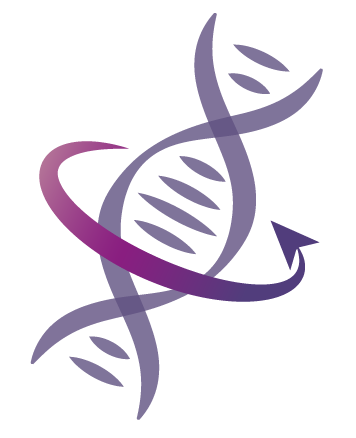Current evidence suggests that COVID-19 may have a higher fatality rate than the flu, but a definitive conclusion requires more studies
Preliminary studies have estimated a wide range of values for the IFR of COVID-19, ranging from 0.2 to 1.6%, which supports the claim that it is more lethal than the flu, which has an IFR of about 0.04%. However, it is difficult to accurately assess IFR in the middle of an outbreak of a previously unstudied disease, due to its unfamiliar clinical features, underestimation of infections, overloaded healthcare facilities, and the lack of effective treatments. Therefore, accurate estimates must wait for the completion of extensive studies worldwide.
